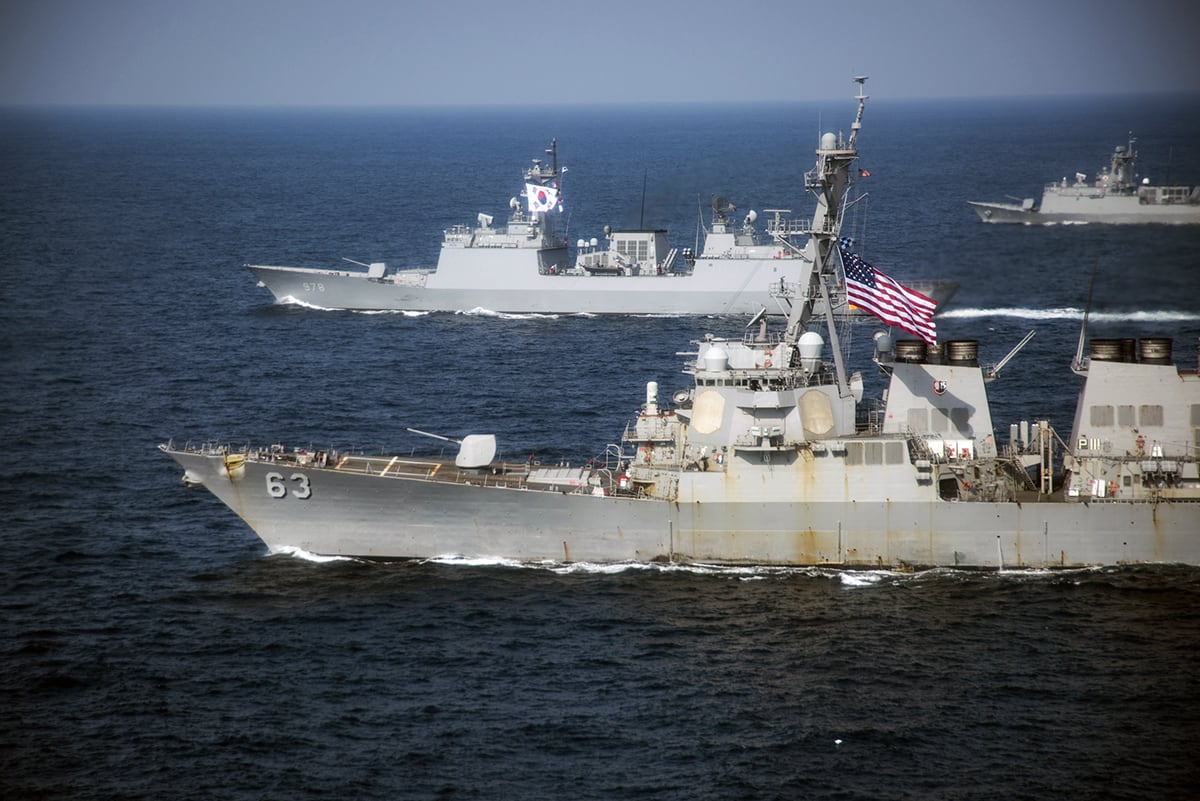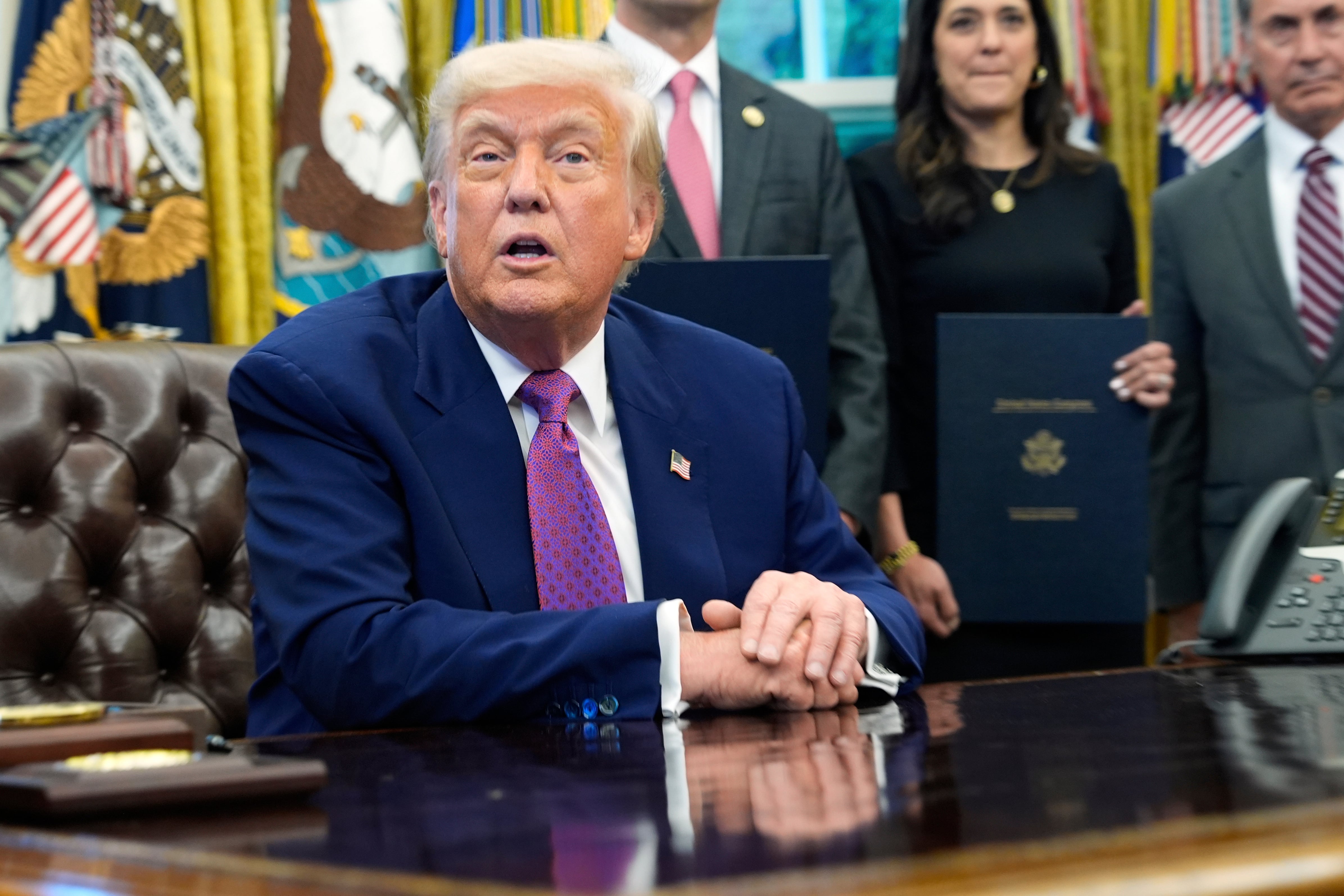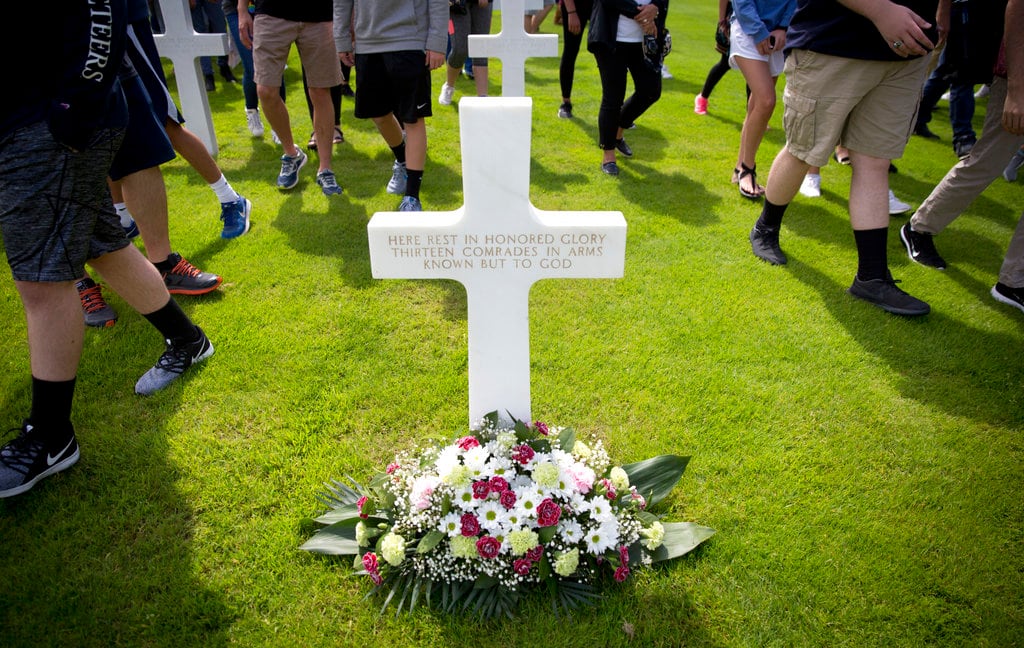SEOUL, South Korea — Spring on the Korean Peninsula is normally the season of D-Day-style beach landings with big guns thumping in the distance and skies crisscrossed by the contrails of fighter aircraft.
But as the North and South prepare for their first summit in more than a decade this Friday, there is something different in the air: the hope of detente. Or at least of a much-needed respite.
Korea has for decades been the site of the world’s largest annual military maneuvers between the U.S. and its ally South Korea. This year, the exercises have been postponed, scaled back, probably shortened and certainly toned down. They have not, however, been canceled. Here’s why:
WHAT THE EXERCISES ARE
This year’s exercises began on April 1 and are expected to continue through the end of the month, possibly longer.
Normally they begin in March or earlier.
At their height in the late 1980s, 200,000 troops participated in Team Spirit, making them the largest annual maneuvers in the world. The head count for Foal Eagle/Key Resolve, as the exercises are known today, is lower, but the military assets and the kind of training involved are fine-tuned for the outbreak of a new Korean war and the possible scenario of a takedown of the Kim Jong Un regime itself.
RELATED
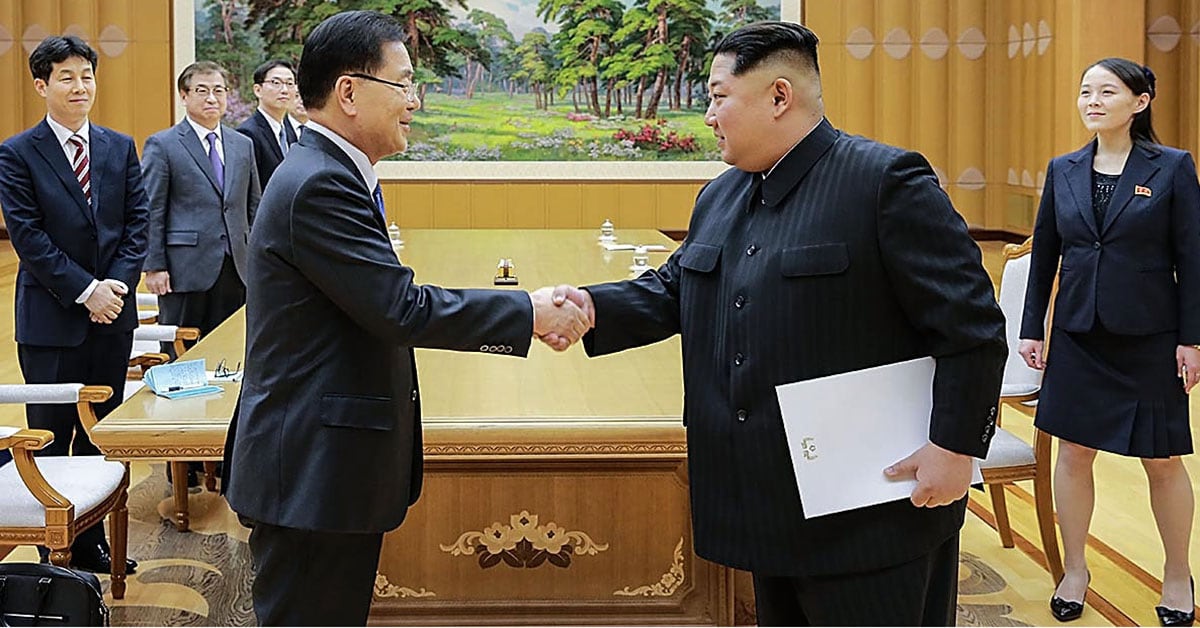
The exercises often feature the latest and most capable weapons the U.S. military has to offer. This year it was the USS Wasp, an amphibious assault ship, which joined in the exercises for the first time.
The Wasp is capable of carrying F-35B stealth fighter jets, which can make vertical takeoffs and landings. The jets are especially sensitive for North Korea because they would likely figure into any attack in its territory, including precision “decapitation” strikes on Kim and his top lieutenants.
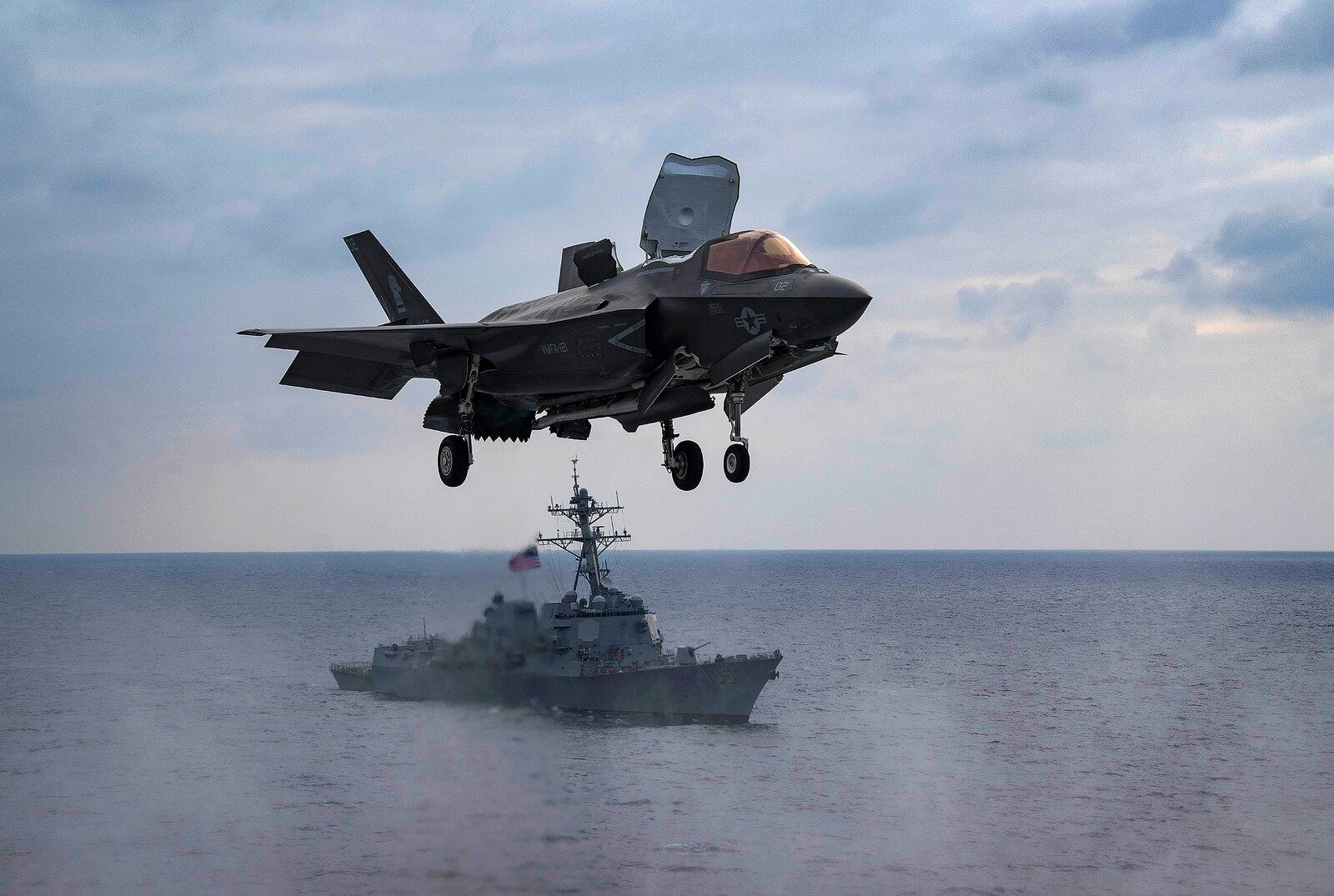
The USS Carl Vinson aircraft carrier and its battle group, which joined in last year and drew a threat of “merciless, ultra-precision strikes” from the North, were absent. Weather also reportedly squelched plans for the two sides to stage a D-Day-style landing operation near the coastal city of Pohang.
The lower-key exercises have so far generated nothing like the heated threats of last year.
But as a reminder of the underlying tensions, training to evacuate Americans from South Korea during a contingency was also held this month, though not formally part of the Foal Eagle program. To augment computer simulations and reflect the possibility of a larger battle area, about 100 volunteers were flown from bases in the South all the way to the U.S. mainland, instead of only flying to Japan as they had in previous drills.
MOON’S DIPLOMATIC GAMBIT
Getting a postponement of the maneuvers appears to have been South Korean President Moon Jae-in’s idea.
Moon told reporters in December that he urged Washington to put the war games off until after South Korea’s Pyeongchang Winter Olympics and Paralympics, which wrapped up in March. In exchange, North Korea appears to be observing a temporary halt in missile launches and other provocative activity.
RELATED
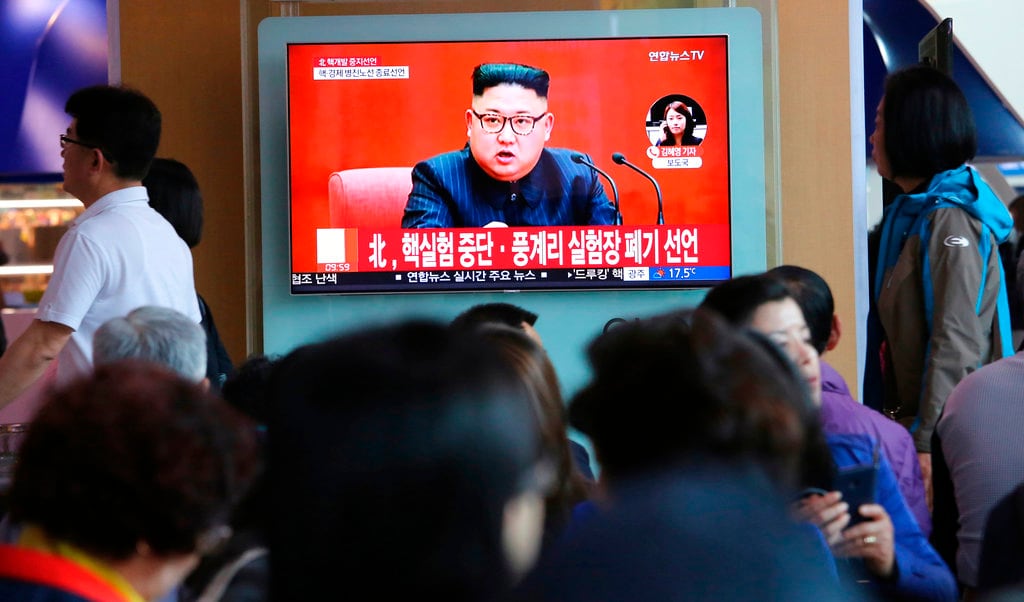
U.S. military officials have cautiously downplayed the postponement as due primarily to the logistical problems of having the war games and the Olympics at the same time. They also insist that the basic nature of the exercises hasn’t changed. Kim, meanwhile, has also kept his public response guarded. He reportedly expressed to South Korean intermediaries his “understanding” that the exercises would not be canceled, just delayed.
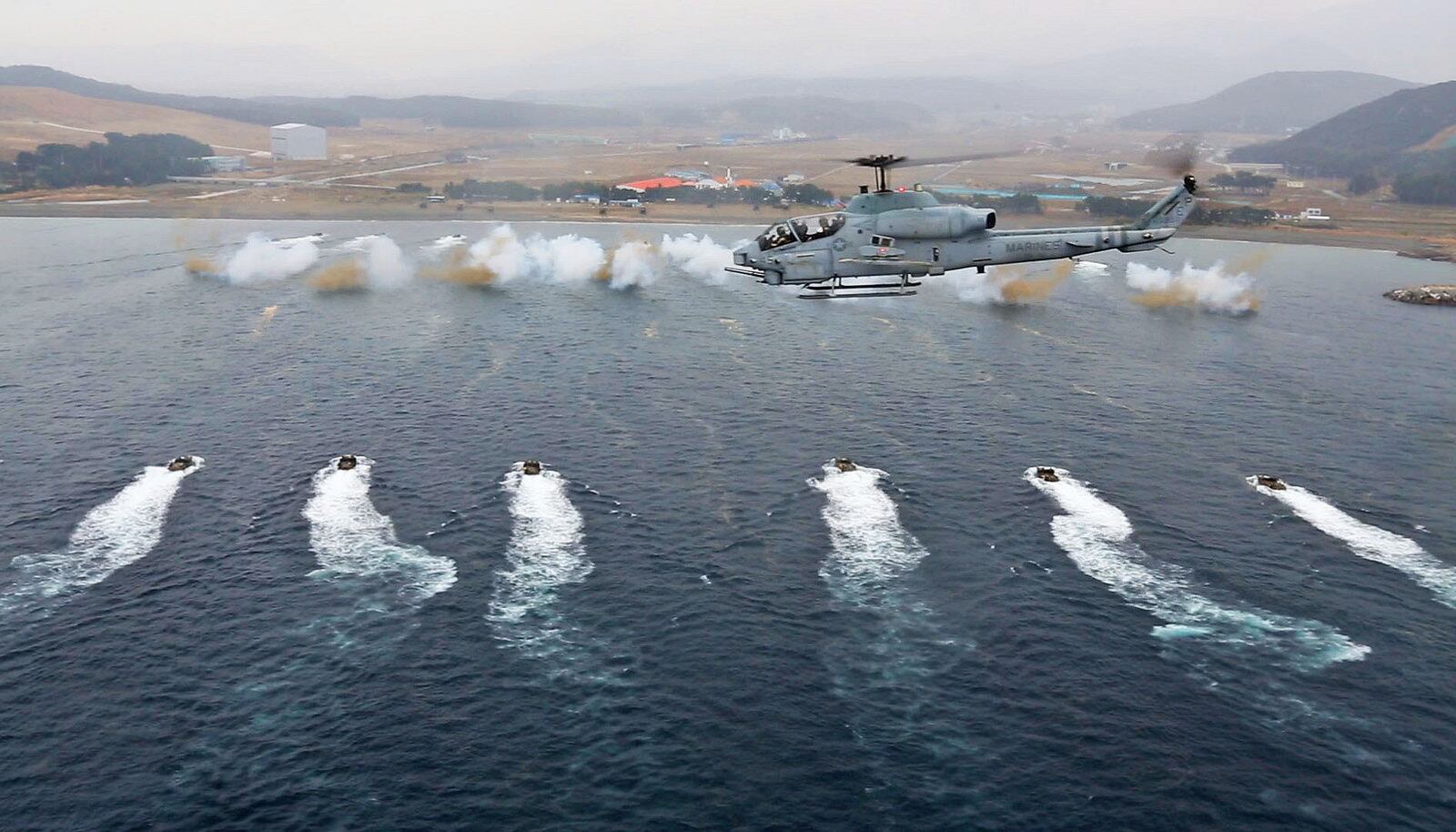
The spirit of compromise surrounding the exercises hasn’t gotten much attention. But it’s a big deal.
Without it, there would likely have been no summit, which Moon desperately wanted. The catch is that while Moon hasn’t publicly suggested he’s ready to squelch Foal Eagle/Key Resolve as a carrot for Kim, his willingness to postpone them for the Olympics opened the door for Kim to push for the same in the future.
The spring war games have been used as a bargaining chip before.
To entice the North to sign on to a non-nuclear agreement, Seoul and Washington called off Team Spirit in 1992. But, annoyed with North Korea’s refusal to allow inspections, they revived the exercises the following year. Budgetary problems spelled the end to Team Spirit after that, but it was replaced by a series of other, gradually expanding maneuvers that have once again become a major headache for Kim.
POSSIBLE NEXT MOVES
In the run-up to Friday’s North-South summit, Washington and Seoul hinted at “ending the war” on the Korean Peninsula.
The 1950-53 Korean War ended in an armistice — essentially a temporary cease-fire. A formal peace treaty would require not only an agreement between South and North Korea, but probably also the approval of their wartime allies, Washington and Beijing.
RELATED
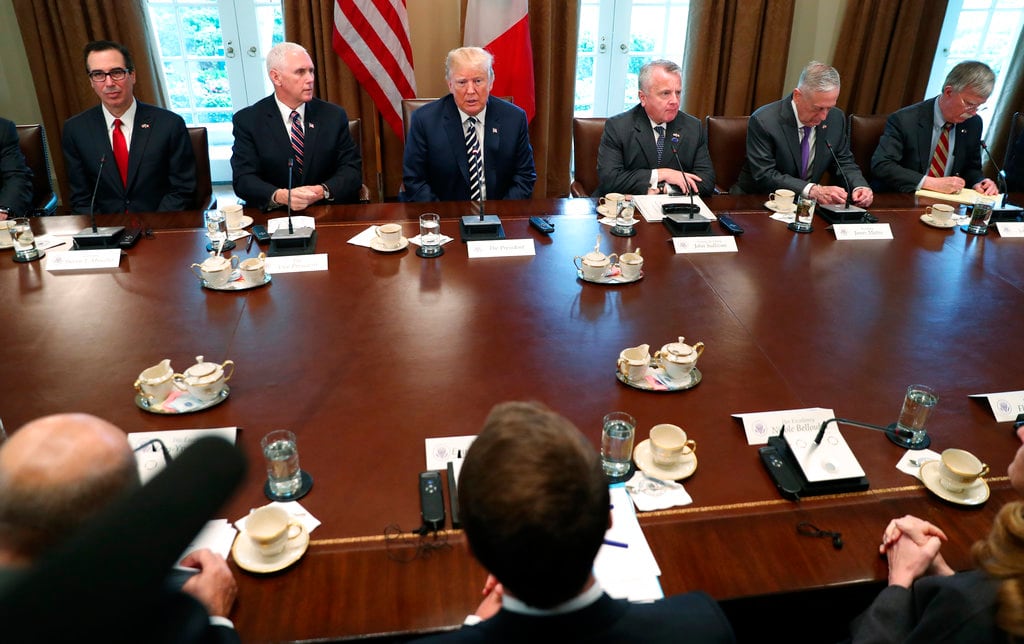
Officials in Seoul have walked back the expectations somewhat, saying what they are really after is an agreement “ending hostilities between the South and North.” That’s almost verbatim what the two Koreas agreed to do at their previous summit in 2007 and at the first one in 2000.
If they want to really get serious about it, they will need to bring Washington in to take a hard look at the U.S. military presence on the peninsula, which now stands at about 28,000 troops. Though that’s generally seen as taboo, President Donald Trump has suggested he is willing to consider pulling troops out. President Jimmy Carter did too, back in the 1970s.
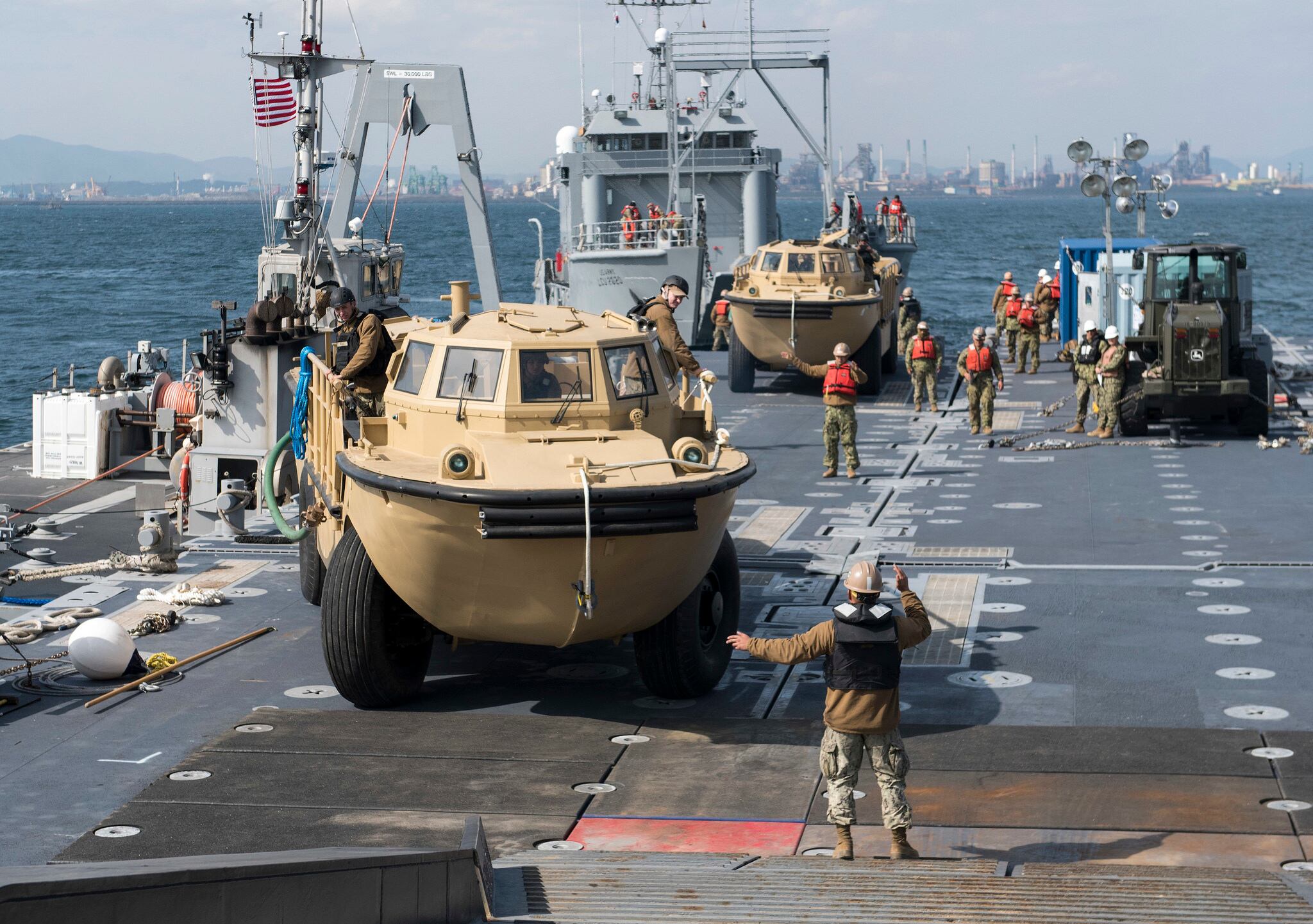
Actually doing so would have major ramifications for regional security, particularly Washington’s alliance with Japan, which could get very sticky and in the end tip the power balance toward Beijing and Moscow. South Korean officials have indicated Kim hasn’t explicitly raised the North’s long-standing demand for the troops to be withdrawn. But that could change quickly as negotiations progress.
Still, there are lots of small steps the North and South could take in the meantime.
Communications between the leaders, who have now established a phone hotline, and their military brass could be augmented to help diffuse tensions before they can get out of hand, along with other trust-building measures, including a serious negotiation to significantly scale back or even end for good the annual maneuvers.
That, however, is a chip best saved for after Kim completes his summit circuit, when the real bargaining is likely to begin.
